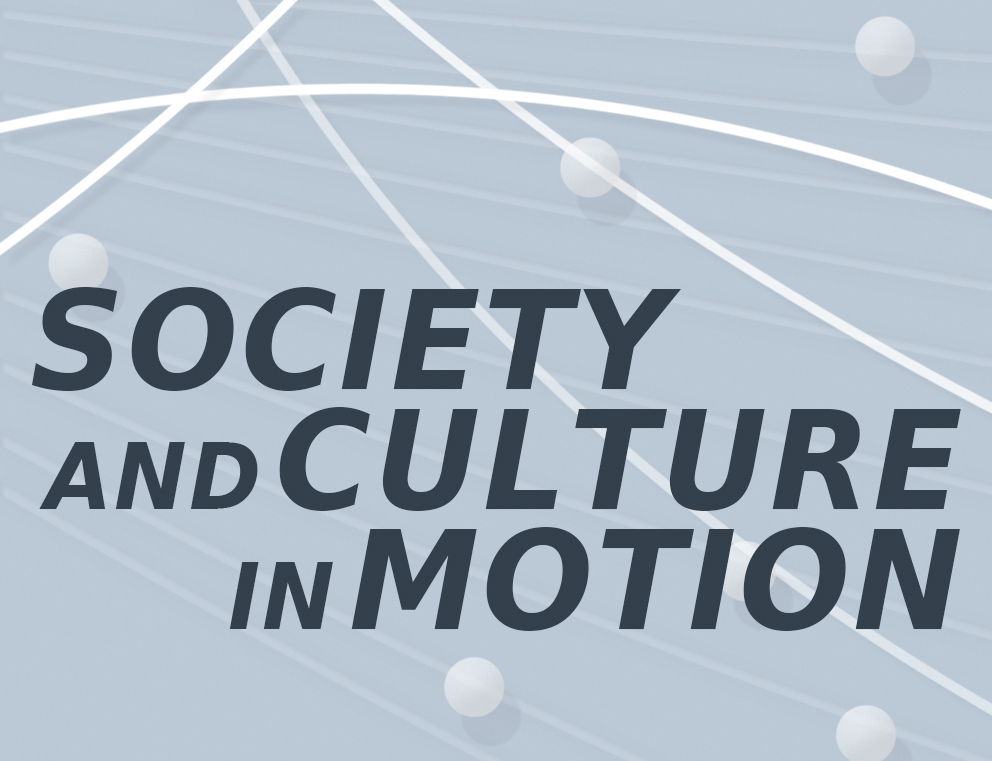Study Day: Peace and War - Programme
Dear all,
it’s my pleasure to invite you to the study day of section 4 - "Beliefs, Convictions and Systems of Thoughts" on Wednesday, 11th of January 2006 from 13h to 17h at the Franckesche Stiftung, Haus 26, Englischer Saal.
The topic we have chosen is ’Peace and War’, more exactly the ’Rhetorics of Peace and War’. ’Peace and War’ have been selected, because they are concrete phenomena, taking place in all cultures and, sadly, at all times, so the assumption is that ’Peace and War’ are comparable entities in different cultural settings.
We have selected several textual passages dealing with ’Peace and War’, using different rhetorical arguments according to the intentions of the authors and therefore worth discussing. You will find the passages in the attachment to this e-mail, and as you will see, there is a wide variety of different sources from which the passages are taken, so we hope that everybody will find at least some topic to his liking.
The texts will be presented in the following order:
First, there will be two presentations of a more general character:
- G. Veltri, ’Military Rhetoric and Utopian Thought: The Rhetoric of Subjugated People in Alexander’s Romance’ - the presentation of this paper will also serve as an introductory example for the proceeding of the study day as a whole
- C. Vatamanu, ’Peace versus War in Prophetic Statements of the Old Textament by the Example of Micah 4 and Joel 3’
Then, two texts will be discussed which have a clear focus on an expected, more or less fictitious person:
- L. Greising, ’The Eschatological War Waged by the Last Roman Emperor. According to the Apocalypse of Pseudo-Methodios (written about 690 C.E.)’
Coffee-Break
- J. Tubach, ’Peace and War in the letter of the Priest King John’
The last section will be about the impact of real persons (one alive or the other dead) on situations of conflict:
- B. Schnepel, ’The Nuer: Blood-Feud and the leopard-skin chief’
- H. Goltz, ’A saint militaire in texts, iconography and architecture: Alexander Newskij’.
The proceeding will be the following:
The above mentioned speakers will give a brief introduction to the textual passage in question and will outline interesting rhetorical methods, figures and tricks worth discussing (about 10 min.). After each presentation we invite all of you to discuss the text in question or comparable rhetorical argumentation in texts you work with or know of (about 20 min.).
As the texts will be our main basis for discussion, we suggest that everybody brings a print-out of the attached document.
If there are any question, please don’t hesitate to contact me or any other member of Section 4. Looking forward to seeing you at our study day, and wishing you a Merry Christmas and a Happy New yYear,
on behalf of all members of Section 4,
Elvira Wakelnig


